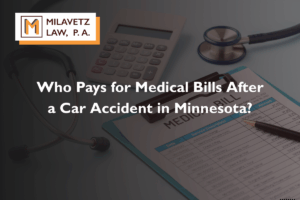If you’re a nurse, awareness of the common injuries in this profession can help you reduce your chance of getting hurt on the job. If you do sustain an injury in Minnesota, you could receive workers’ comp, assuming that your employer is at fault for not maintaining a safe work environment.
Overexertion
Nearly half of non-fatal injuries among nurses in 2016 were because of overexertion. Nursing professionals often have to lift and move patients, which can cause back injuries, sprains and strains. Once a health care professional is 45 years old, they are more likely to experience an overexertion injury. You could receive workers’ comp for this type of workplace injury.
Violence
Nurses experience three times more violence than other professionals. Violence may come from patients, outsiders or employees. Many cases of violence go unreported because nurses don’t think they’ll receive any justice if they seek help from their employer.
Falls, slips and trips
Common causes behind fall injuries in the nursing field are wet floors, cords and obstacles in the path of walking. Most cases of fall injuries in nursing are preventable, so wearing slip-resistant shoes could help reduce your chance of slipping. Employers should choose textured floors, teach nurses how to identify hazards and quickly clean up spills, including grease and water.
Nurses who are 50 years and older suffer from slip and fall injuries more than younger workers. You could take a preventive program on identifying slip and fall hazards in the medical field to help refresh your memory.
Contact with objects or equipment
Nurses may accidentally stick themselves with needles or run into large machines and hanging equipment. There are about 600,000 to 800,000 needlestick injuries each year in the U.S., and it’s possible to catch a serious illness through this type of incident. You could reduce your risks of being struck by or running into objects by only working for employers that use passive safety devices. These devices automatically trigger safety mechanisms to decrease the chance of injury.
Nurses are subject to hazards every day on the job. Your awareness of these risks and how to improve your safety could help you avoid an injury.
















